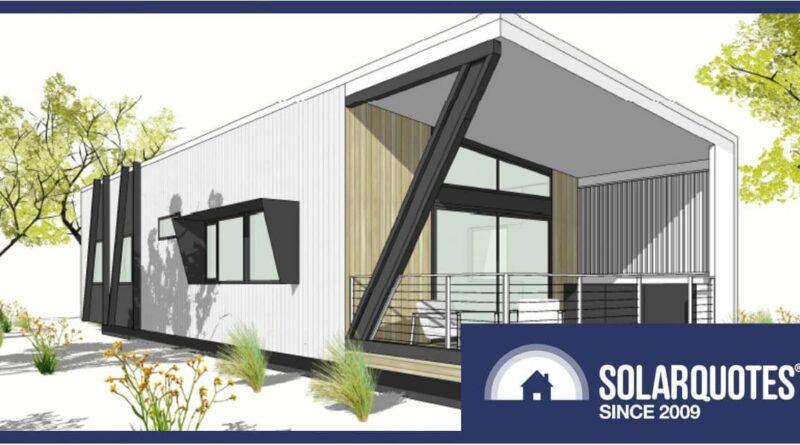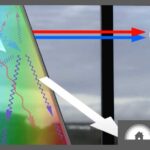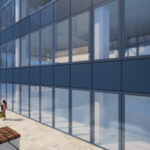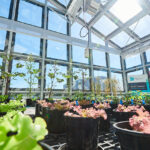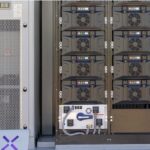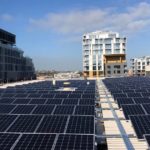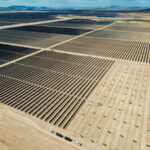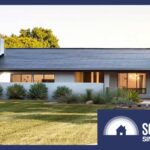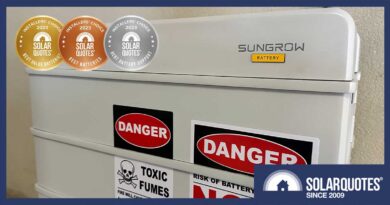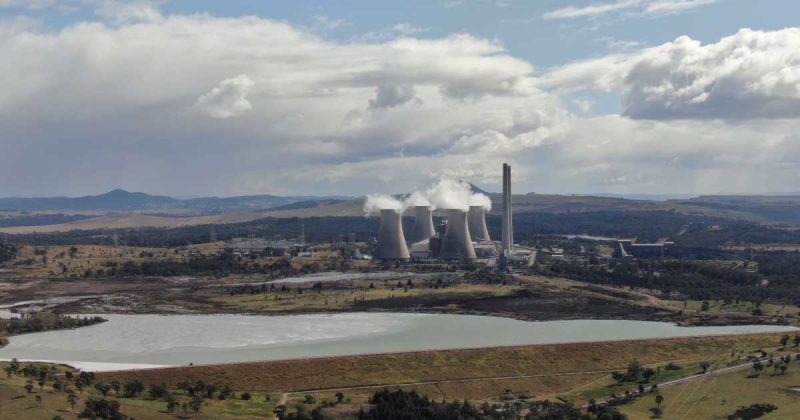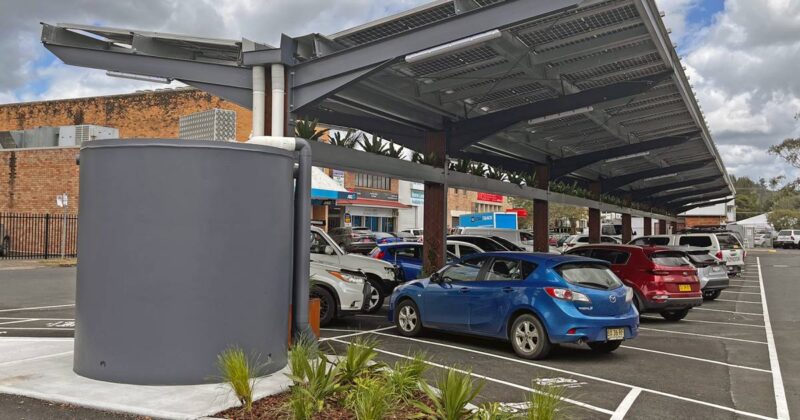ClearVue BIPV Chosen For Australian Modular Housing Prototype
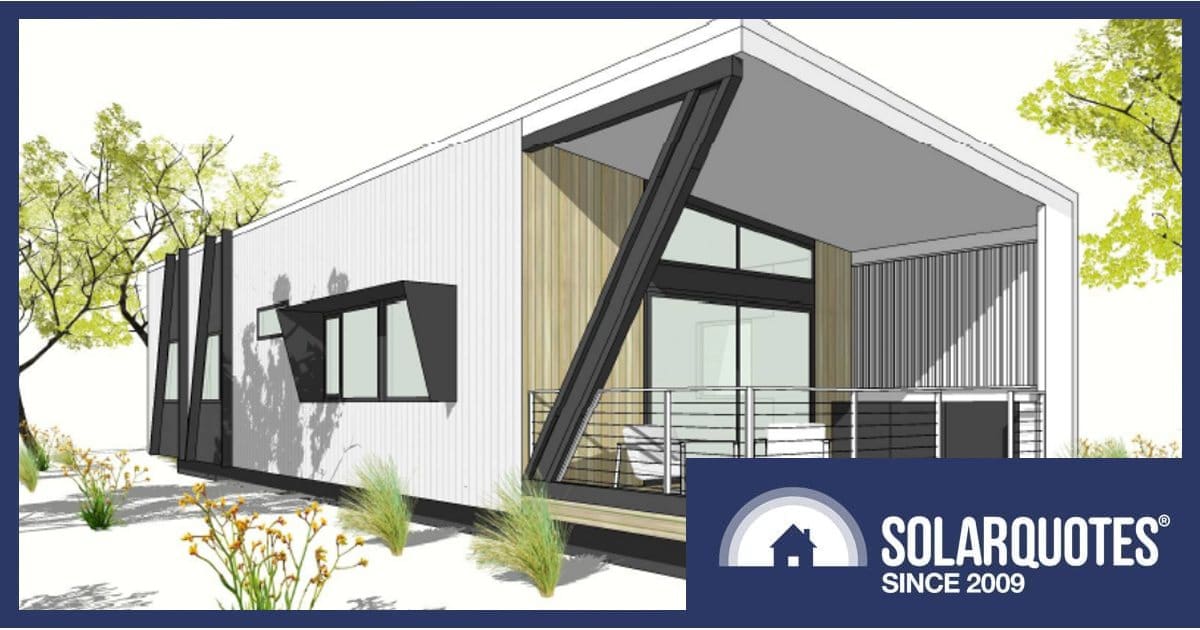
Australia’s ClearVue Technologies and Prefabulous have teamed up on a project that offers a glimpse into the future of eco-friendly living with Building Integrated Photovoltaics (BIPV).
ClearVue will be supplying solar photovoltaic glazing and integrated solar cladding panels for local modular building company Prefabulous’s ‘FabZero’ prototype.
Back in 2021, Prefabulous approached the University of Wollongong to provide a clear path forward for a net-zero research program for modular construction. Prefabulous then applied for funding through AusIndustry, and not long after program planning and partnerships were under way. With researchers appointed, a study commenced in January last year, and was completed in December 2023.
Out of that study, a one-hundred-page report provided Prefabulous with a blueprint to achieve a net-zero prototype. In August this year, construction commenced, with completion planned for February 2025. The home will be located at the Ingenia BIG4 Tourist Park in Wagga in New South Wales, where it will be available for booking.
Prefabulous will assess the ClearVue BIPV products for energy efficiency, durability, and ease of installation. If everything pans out, ClearVue products will then become an optional feature in Prefabulous’s portfolio of modular homes.
The deal marks ClearVue’s entry into the net-zero modular housing market. Global CEO of ClearVue Technologies Martin Deil said the partnership was a significant development for the company for two reasons:
“First, it expands our reach by allowing us to enter a new market that also simplifies the pathway for mass adoption of our BIPV solutions for use in modular construction including to meet the needs of the mainstream housing sector,” he said. “Second, by integrating our solar glazing and cladding products into Prefabulous’ modular housing units, we are also supporting the development of sustainable, energy-efficient homes that align with global net zero goals.”
Founder and Managing Director of Prefabulous, Gavin King, said the collaboration would enable his firm to further push the boundaries of what’s possible in modular housing.
How ClearVue Solar Vision Glass Works
ClearVue PV’s double- and triple-glazed solar glass tech internally diffuses, redistributes, and reflects incoming infrared and ultraviolet light (converted to IR) towards the edges of the glass panel, where it hits monocrystalline silicon-based PV cells.
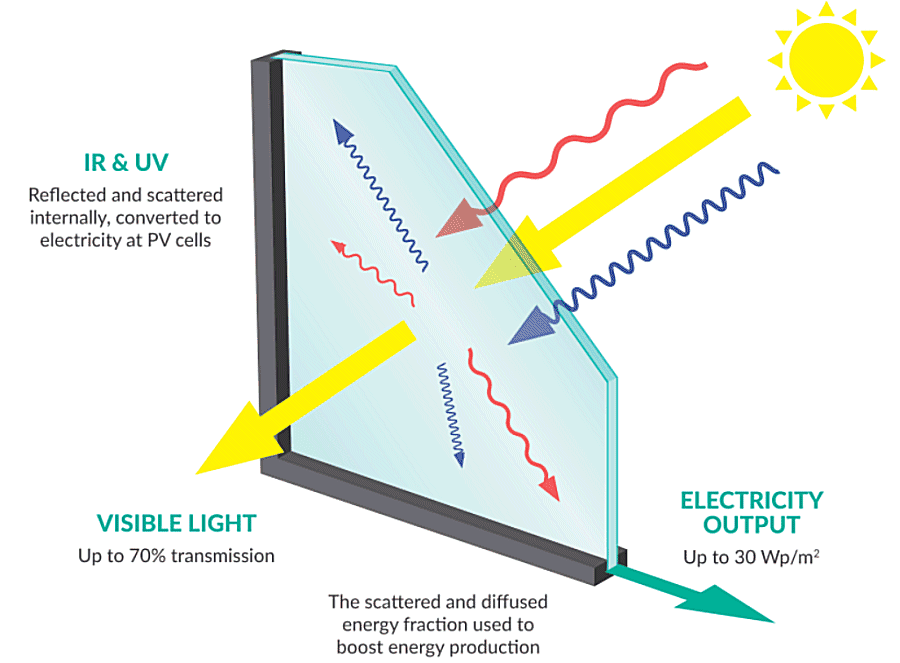
The solar windows are capable of power generation of up to 30 watts peak per square metre. They currently come in a variety of sizes up to 3.5m x 2.1 m, and are compatible with most glass compositions and low emissive (low-e) coating technologies.
The product provides up to 70% visible light transmittance (VLT). Clear single-pane glass used in Australia has a VLT around 85% to 90%, while double glazing is around 70% to 80%. For Low-E coated glass, VLT can range from 50% to 75%, depending on the coating type.
ClearVue’s first commercial trial of its solar glass commenced in 2019 at a shopping centre in Western Australia, consisting of 18 triple-glazed low-e modules. At the time of writing, the installation had generated just shy of 1.85MW of electricity. You can see a dashboard of sorts for the installation here.
About ClearVue PV Cladding
IP68-rated water resistance, wind resistant and fire tested, ClearVue says its PV cladding is capable of power generation of up to 189 watts peak per square metre1, depending on the colour and texture selected. Here are a few examples:
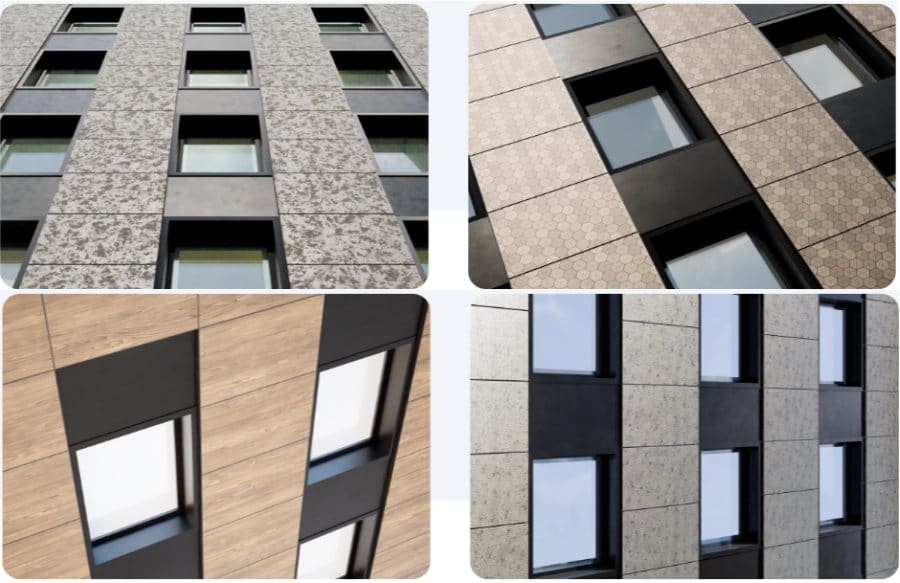
ClearVue claims financial payback for the BIPV cladding can be as rapid as under 5 years. Compatible with most framing systems, the firm says it is adaptable to various architectural designs and it can be integrated into different building types without compromising aesthetics or performance.
Footnotes
- Just as some sort of comparison, the conventional 415 Watt solar panels we have on our roof crank around 210 Watts peak per square metre. But given the very different installation scenario for BIPV in terms of orientations, angles and shading, it’s somewhat of an apples to oranges comparison in terms of actual output under real-world conditions.
Original Source: https://www.solarquotes.com.au/blog/bipv-modular-housing-mb3018/

